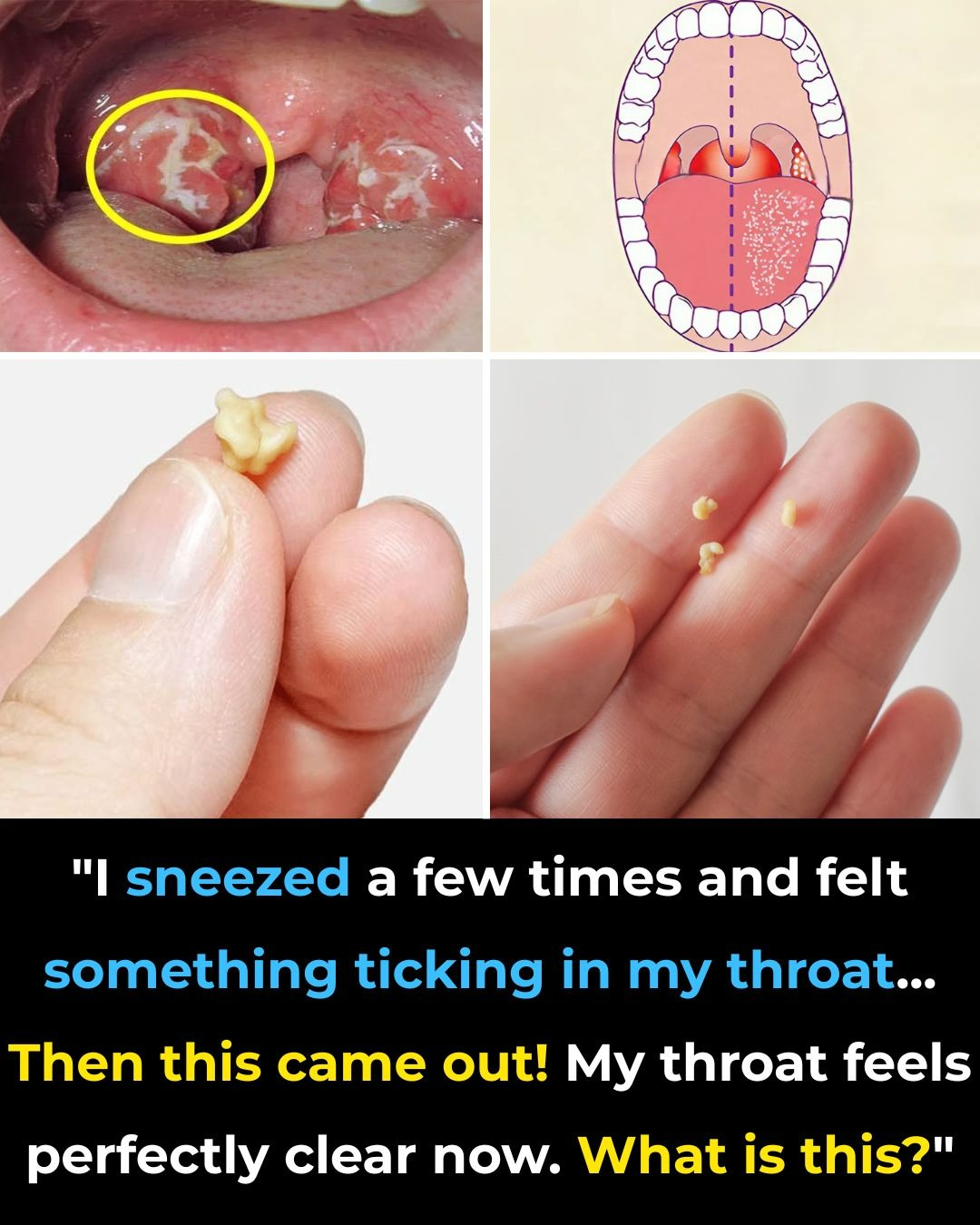You’re going about your day when suddenly you cough — and something small, white, and foul-smelling pops out.
Or maybe you’ve noticed bad breath that won’t go away — even after brushing, flossing, and mouthwash.
Chances are, you’re dealing with tonsil stones — a surprisingly common but often misunderstood condition.
While not usually dangerous, tonsil stones can be uncomfortable, embarrassing, and persistent if left untreated.
Let’s dive into what tonsil stones are , why they form , and how to safely manage them — so you can breathe easier (and smell better) in no time.
❓ What Are Tonsil Stones?
Tonsil stones — or tonsilloliths — are small, hard formations that develop in the crevices (crypts) of your tonsils .
They’re made up of:
Bacteria
Dead cells
Mucus
Food debris
Over time, these materials calcify into white, yellow, or grayish lumps that can range from grain-of-rice size to larger, pea-sized masses .
📊 Studies suggest that up to 10% of people experience tonsil stones — though many don’t even know they have them.
🔍 What Causes Tonsil Stones?
Tonsil stones form when debris gets trapped in the deep pockets of the tonsils and hardens. Common causes include:
Poor oral hygiene — allows bacteria to thrive
Chronic tonsillitis or recurring sore throats
Large tonsil crypts — more space for debris to collect
Dry mouth — reduces natural cleansing from saliva
Post-nasal drip — mucus feeds bacterial buildup
Diet high in dairy or sugar — can increase mucus and plaque
💡 They’re more common in teens and adults — especially those who’ve had frequent throat infections.
